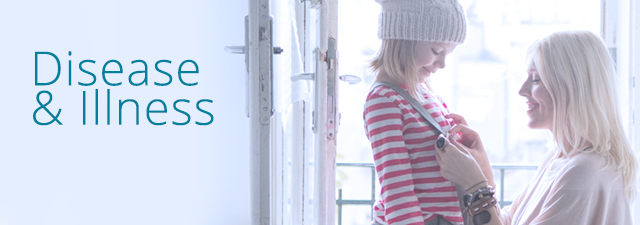Algoma Public Health
Prevention and Management of Diarrheal Infections
This sheet provides general information for people with diarrheal infections. The most common of these diseases are caused by Campylobacter, Salmonella, E. coli, Norovirus, Giardia, Hepatitis A, Cryptosporidium, Yersinia and Shigella. These infections are spread:
- Person to person through the hands of an infected person if their hands are not washed properly after using the toilet.
- By eating food or drinking water that has been contaminated with the organisms.
Remember: if you are employed as a health care worker, child care worker or food handler, you should remain off work until you are symptom free for at least 24 hours. Sometimes Public Health will request you remain off work for a longer time until you are symptom free.
Related Documents
Contact Us!
Sault Ste. Marie: 705-942-4646
Blind River: 705-356-2551
Elliot Lake: 705-848-2314
Wawa: 705-856-7208
Hand washing is Essential
Hand washing is the single most important way to stop the spread of disease. Hands should be washed using soap and warm water. Scrub hands until a good lather is present then rinse and towel them dry. An alcohol handrinse can be used after hand washing to further reduce the number of organisms on your hands. Always Wash Hands:
- After using the toilet and before and after diapering children
- After handling soiled diapers, undergarments, towels, face cloths and bedding.
- Before and after preparing and eating food
- After handling any animals and their waste. This includes litter boxes, aquariums and cages. Be especially careful with reptiles, amphibians, birds, petting zoo animals and farm animals.
Cleaning and Sanitizing is Important!
- Handle laundry with care, especially soiled bedding, underclothing and towels that have been used by an infected person. This is very important if the individual is a child still in diapers or an incontinent adult. Avoid shaking the laundry because this might spread germs into the environment.
- All surfaces in your kitchen and bathrooms should be cleaned and sanitized frequently, especially when there is an ill person in the home. Include all bathroom fixtures such as water faucets, bathroom sink, toilet flush lever and toilet seats. In the kitchen be sure to include dishes, eating utensils counters and tables.
How to Sanitize
- Household bleach is a good sanitizer.
- Kitchens: Wash and rinse dishes, counters and tables as you normally would with soap and water. Then soak the dishes in or spray the surface with a clean warm water and bleach mixture. The bleach and water mixture should be 2-ml (. ½ teaspoon) bleach to every Liter (4 cups) of water. Let the dishes or surface soak (stay wet) for one minute in this solution and then allow to air dry.
- Bathrooms: Household bleach can be used for disinfecting bathrooms and diaper change tables by mixing a stronger solution. Use 5ml (1-teaspoon) bleach to 495ml (2 cups) water. Remember to always wash and rinse the surfaces first. Never mix bleach with other household cleaners or detergents.
Proper hand washing, cleaning and sanitizing should be practiced all the time to prevent diarrhea and other illnesses.
Date of Creation: June 1, 2015
Last Modified: June 1, 2015










